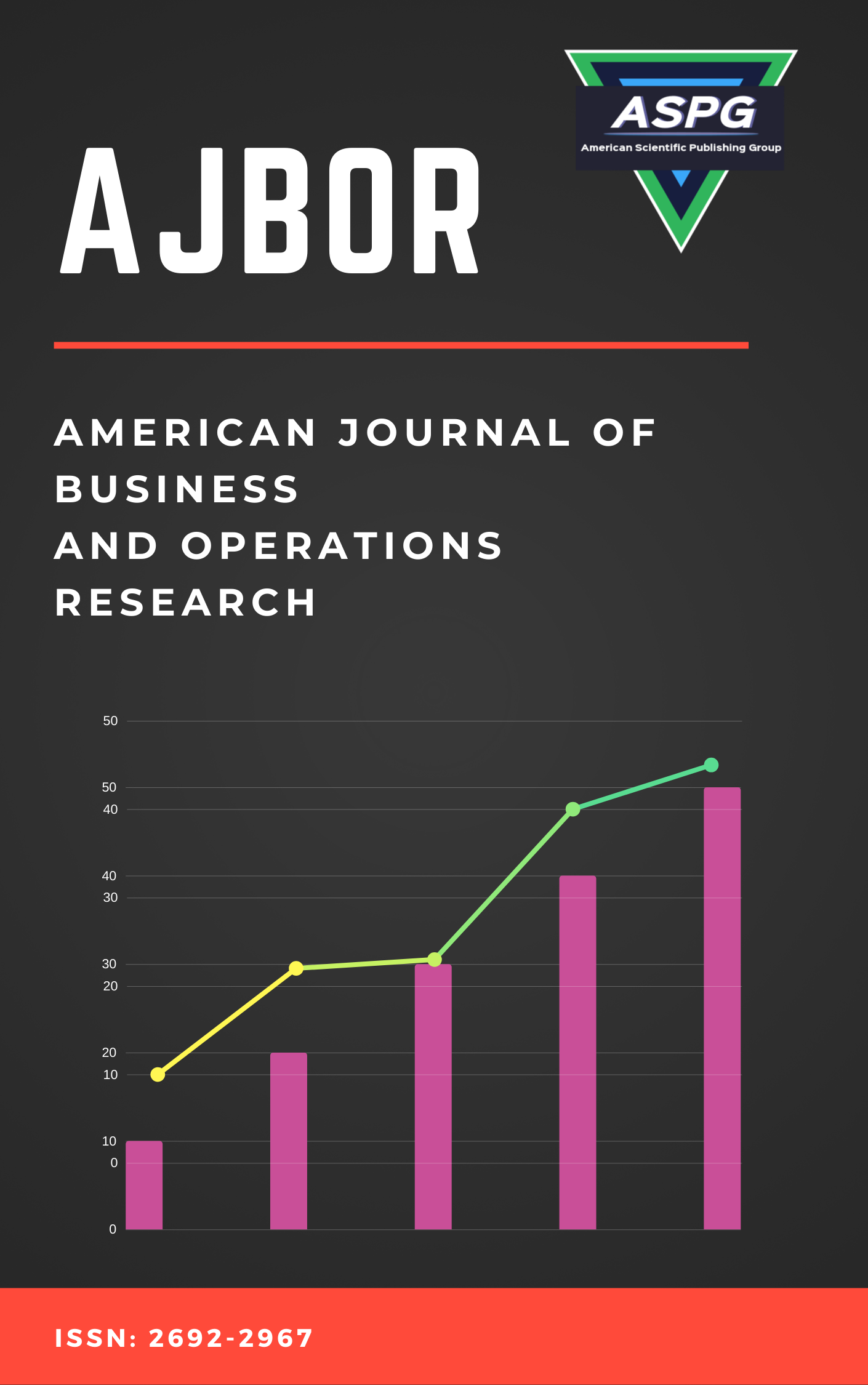

With the emerging development of cloud computing services, data owners outsource their documents to Cloud Service Providers (CSP) which could lead to threats related to security and privacy. Hence, protecting the privacy of user data and providing queries privacy becomes one of the main concerns of the data owner. One of the solutions for providing privacy and confidentiality of the outsourced data is encrypting it before sending it to the cloud. Although this solution satisfies data confidentiality and prevents the CSP from reading or modifying the data without the data owner's permission, it prevents the data owner to search the outsourced documents directly. Symmetric encryption algorithms e.g. AES have a searching limitation, in which the whole encrypted document needs to be retrieved from the CSP and then decrypt before performing the search procedure. To overcome this limitation, a lot of keyword-based search approaches have been done. These approaches allow users to retrieve just those documents contain special keywords. However, most of these approaches suffer from privacy and security problems and are based on high overhead asymmetric encryption algorithms. This paper proposes a privacy-preserving keyword search scheme for searching over encrypted data. To avoids the high computational cost of asymmetric encryption, the proposed scheme employs symmetric encryption and Bloom filter. Experimental results demonstrate that the proposed searchable encryption algorithm is secure and lightweight, and it has the ability to perform a keyword search over encrypted data without decrypting them.
Read MoreDoi: https://doi.org/10.54216/JCIM.030201
Vol. 3 Issue. 2 PP. 29-41, (2020)
Android has gained its popularity due to its open nature and number of free apps in its play store. Till date, Android has captured 87% of the total market share. 2.8 million apps are present in the official market of Android. Android apps depend upon permissions for its proper functioning. This dataset contains distinct 5,60,142 Android apps that belong to thirty different categories. These Android application packages (.apk) is collected from Google-play store and other promised repositories. In this study, we performed a dynamic analysis of these collected .apk packages and extracted features, i.e., PARU (Permissions, API calls, Rating of an app, and Users download the app). As per the knowledge, this is the first dataset that extracted features by using the Android 6.0 (API 23) version as an Android operating system. The paper discusses the potential usefulness of the dataset for future research in the field of cybersecurity. Further, to check the potential of our dataset, in this research paper malware detection model is developed by using five different classification machine-learning algorithms. Experiment result reveals that model developed using Deep Neural Network (DNN) can able to detect 98.8% malware-infected apps. Dataset URL: http://dx.doi.org/10.17632/mg5c8jxbhm.2
Read MoreDoi: https://doi.org/10.54216/JCIM.030202
Vol. 3 Issue. 2 PP. 42-52, (2020)
Our economy, infrastructure and societies rely to a large extent on information technology and computer networks solutions. Increasing dependency on information technologies has also multiplied the potential hazards of cyber-attacks. The prime goal of this study is to critically examine how the sufficient knowledge of cyber security threats plays a vital role in detection of any intrusion in simple networks and preventing the attacks. The study has evaluated various literatures and peer reviewed articles to examine the findings obtained by consolidating the outcomes of different studies and present the final findings into a simplified solution.
Read MoreDoi: https://doi.org/10.54216/JCIM.030203
Vol. 3 Issue. 2 PP. 53-60, (2020)
The advent of Industry 4.0 has propelled a transformative shift in business paradigms, prompting the strategic integration of business intelligence (BI) for sustainable portfolio management. This study addresses the need to discern optimal strategies in clustering investor portfolios within this dynamic landscape. Leveraging the Gap Statistic Algorithm and Silhouette Coefficient, a systematic methodology was employed to cluster investors based on diverse portfolio attributes, including asset allocation, risk profiles, and historical performance metrics. A feature correlation map elucidated attribute interdependencies, while summary statistics provided a comprehensive snapshot of the investor dataset. Results from the Gap Statistic Algorithm revealed an optimal cluster count, guiding the segmentation of investors into distinct clusters. Subsequent validation using the Silhouette Coefficient affirmed the coherence and quality of the clusters derived. The findings underscore the efficacy of BI-driven approaches in effectively clustering investors based on portfolio characteristics within Industry 4.0, facilitating nuanced insights into investor behaviors and preferences. Conclusively, this research illuminates pathways for informed decision-making in sustainable portfolio management, emphasizing the pivotal role of BI tools in optimizing investor segmentation strategies for contemporary industrial landscapes.
Read MoreDoi: https://doi.org/10.54216/AJBOR.030205
Vol. 3 Issue. 2 PP. 116-124, (2021)